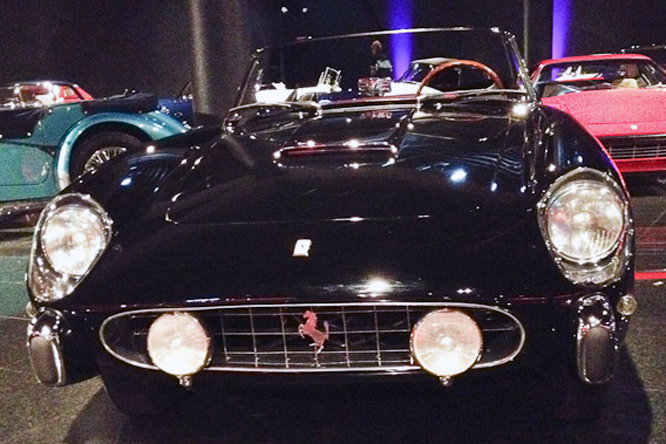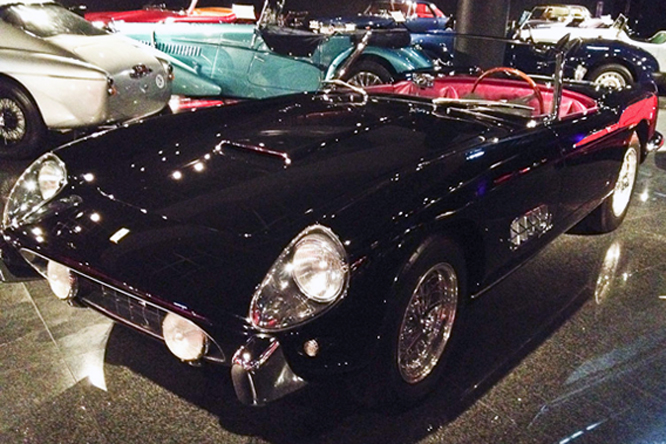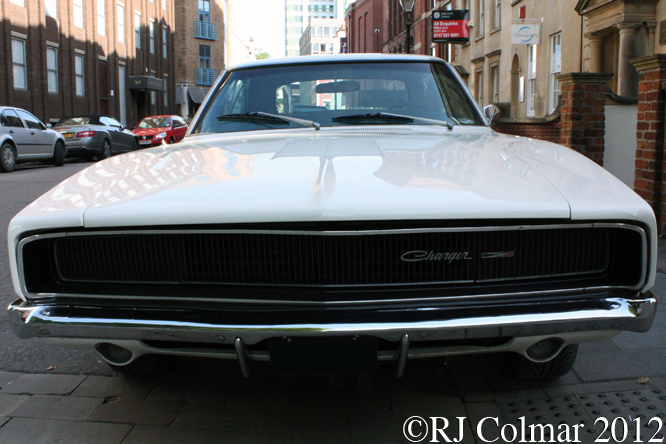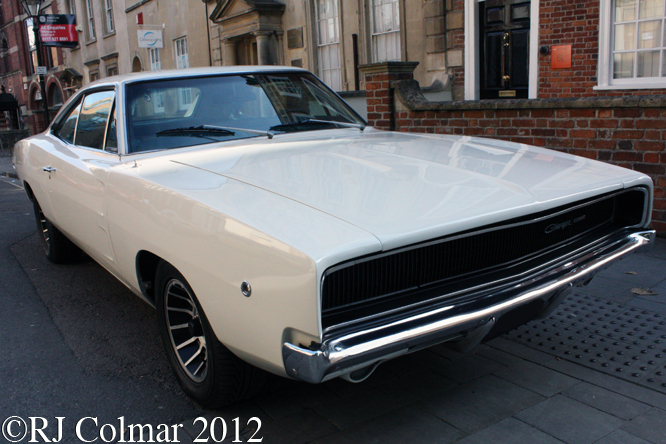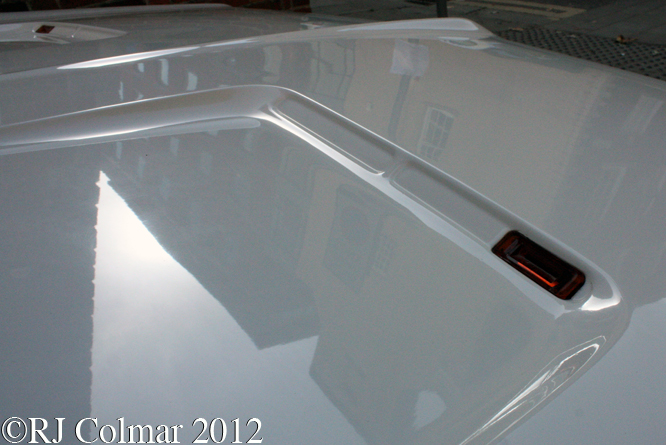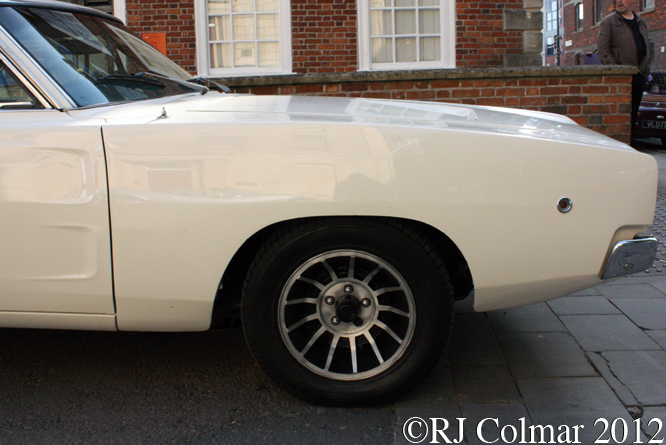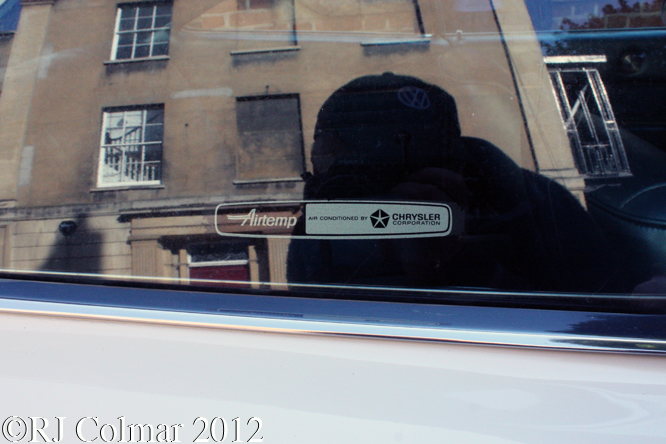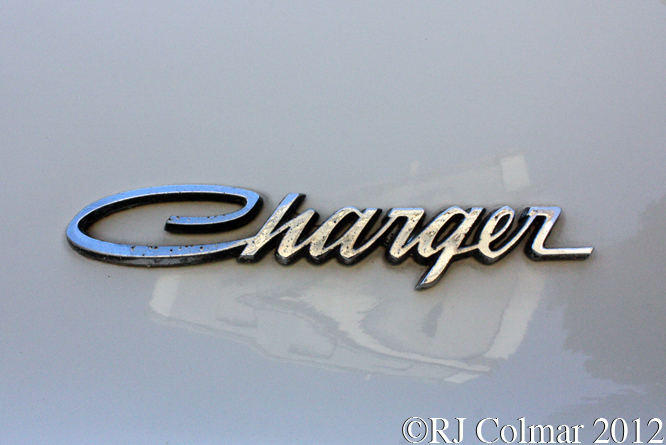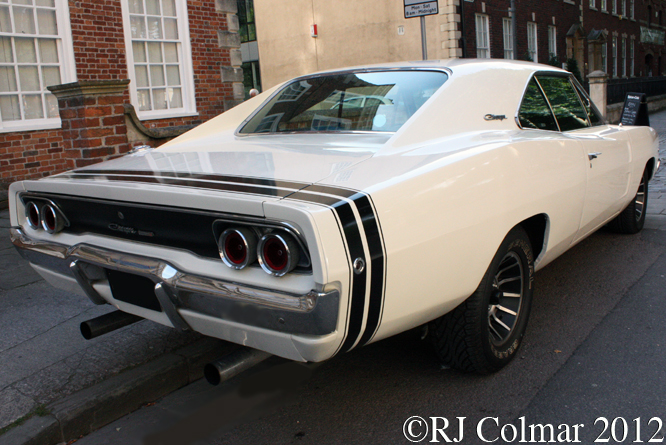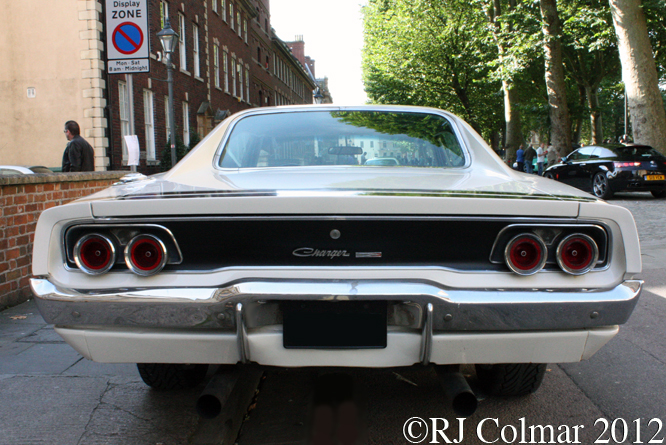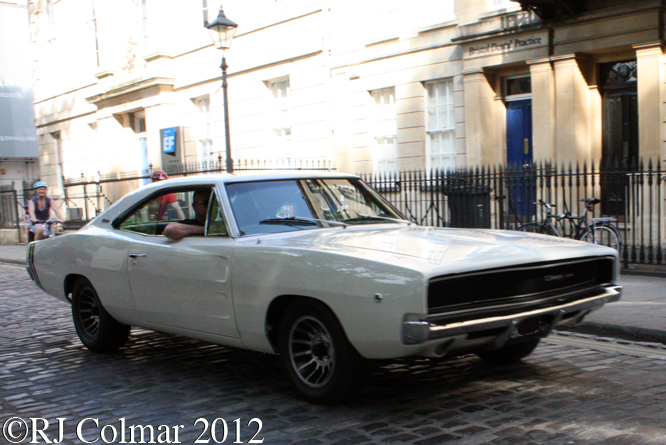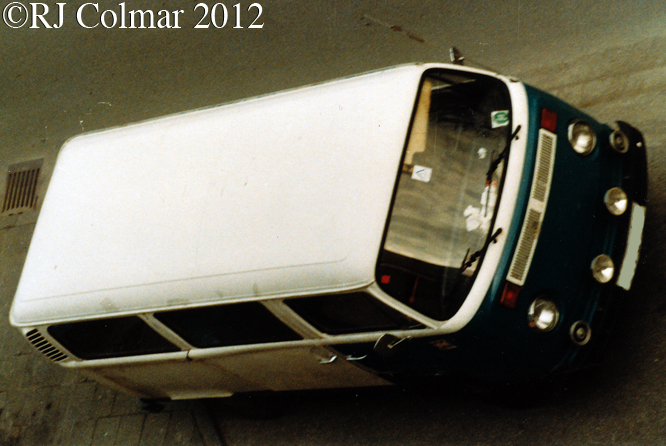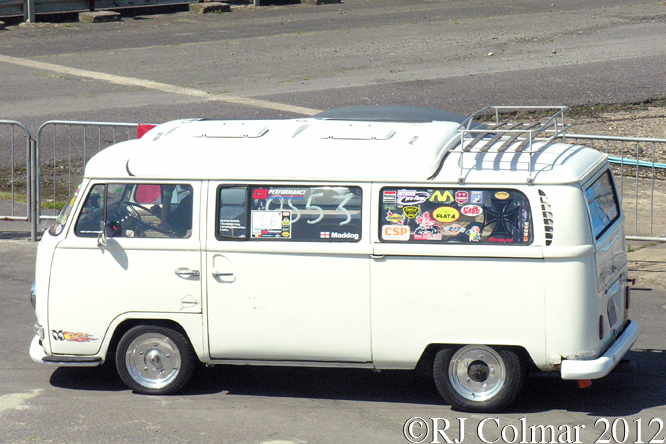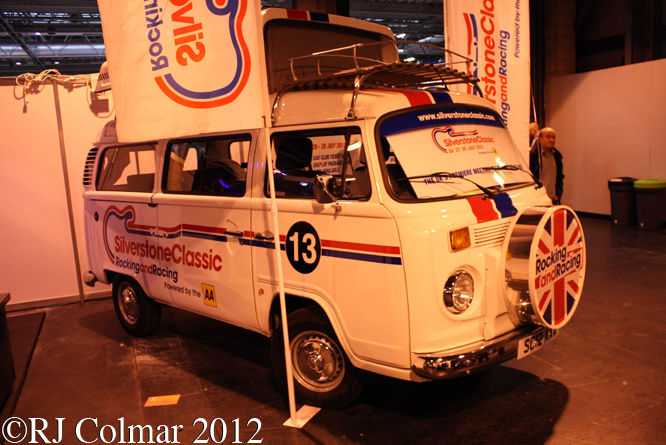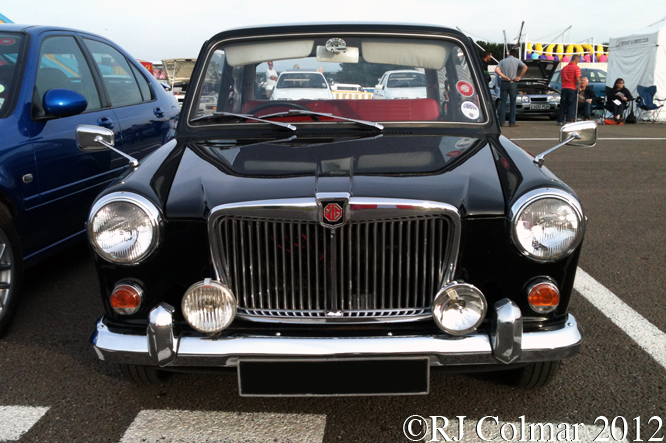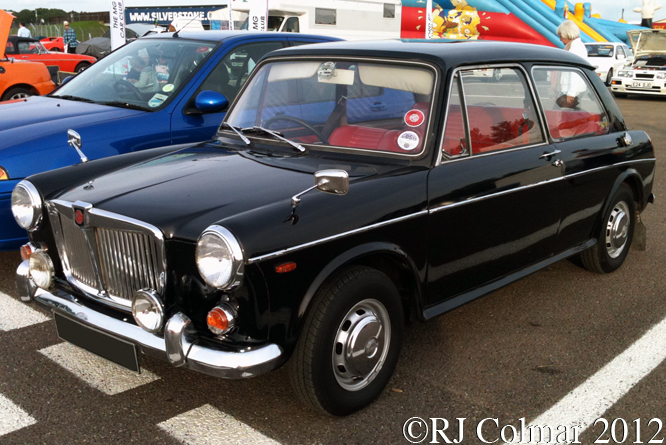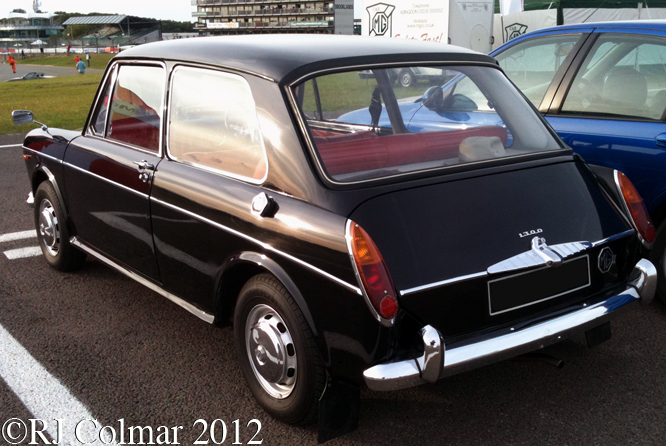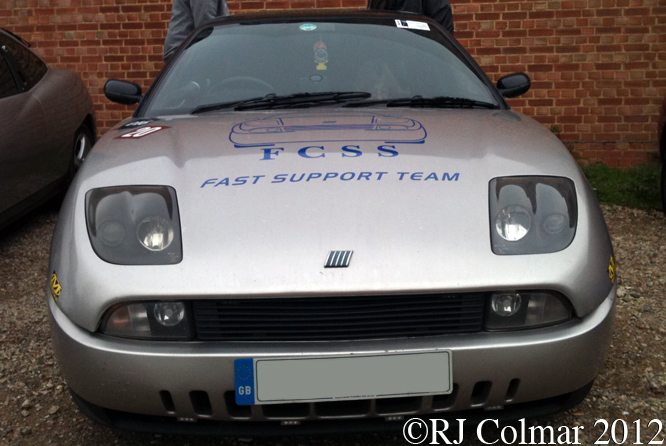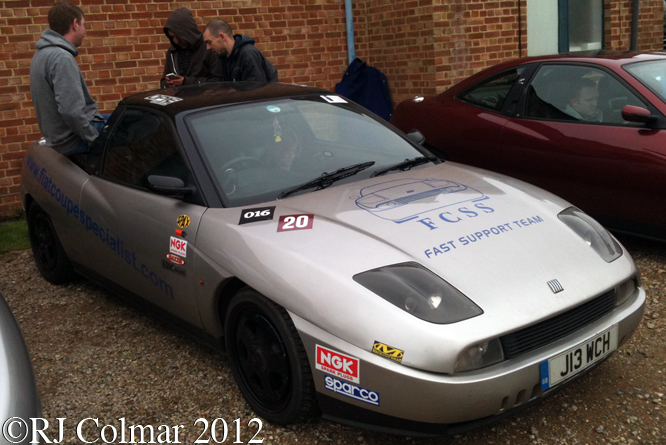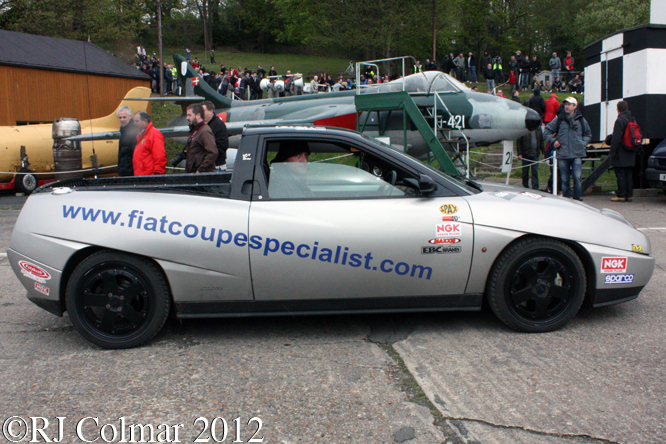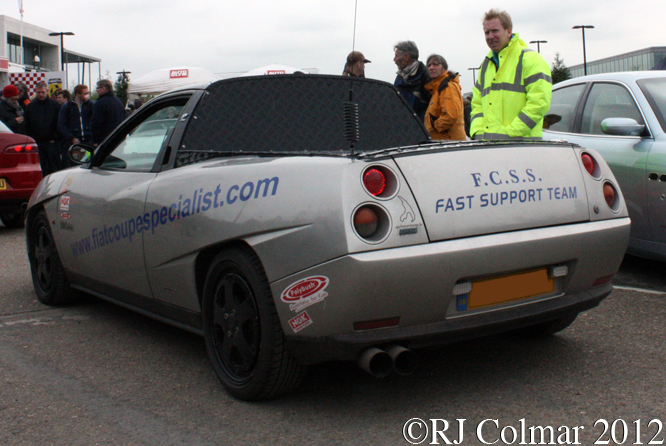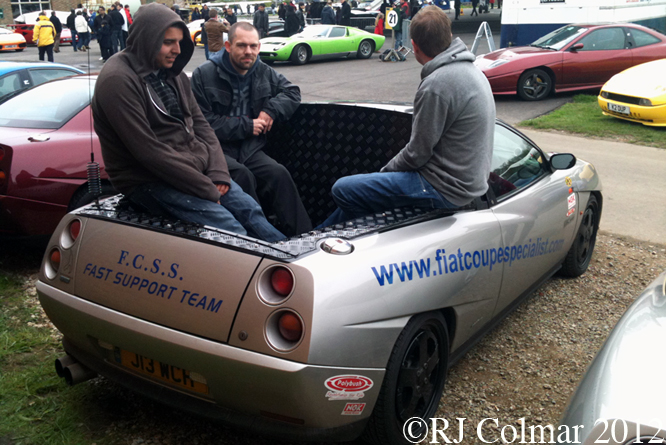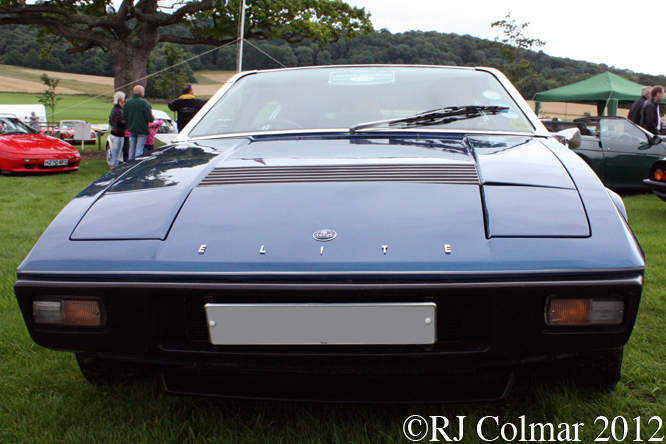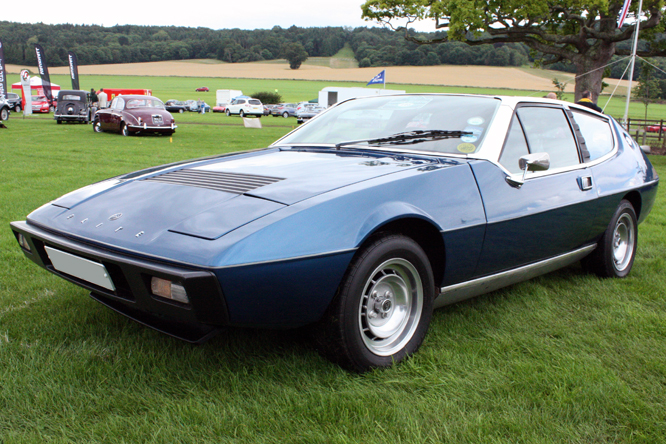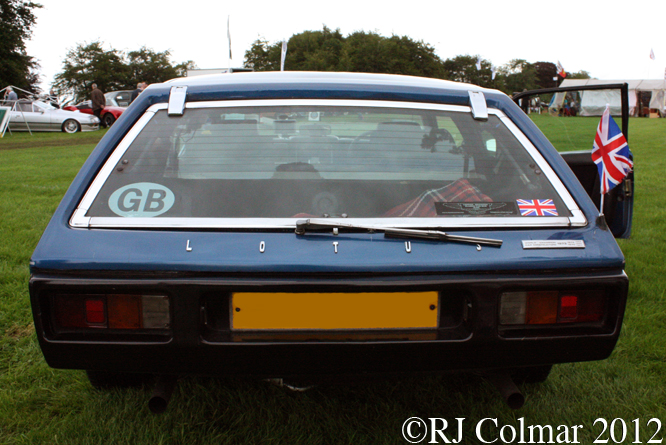Last Saturday I had another 6am start, but this time not to go and spectate at an event but to act as a marshall for the The Sunlight Textile Services Pegasus Sprint run by the Bristol Pegasus Motor Club. Despite a healthy breakfast which included melon, tangerine, kiwi and a banana by the time I got through signing on I was ready to wolf down a traditional Full English Heart Attack in the Castle Combe Canteen. Even with long johns double layer trousers, three fleeces and a coat I was going to get cold under the cloudless skies with temperatures peaking at 8 degress C but with the wind chill factor making it feel like 9 below zero.

In between my second breakfast and the marshalls briefing I managed to snap Jack Taylors 1954 Lotus MG Mk VI this car is chassis #6-18 in theory the 24th Lotus ever built, it’s powered by an MG XPAG motor and appears to have a one off body, quite possibly by Williams and Pritchard though I have yet to confirm that.
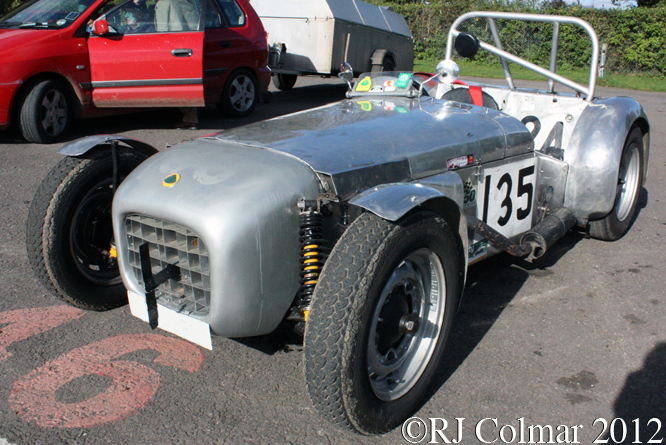
Wondering around the pits during the half hour lunch break I managed to take a few more photo’s including John Marshall’s Lotus Mk VI, followers of my blogs at the much missed Rowdy.com, and I know there are one or two of you, will remember me originally mis recognising this car as a Lotus 7. Many mis recognitions since I have found out it was also originally supplied with an MG motor and gearbox which has since been swapped for a Ford 100E motor and Triumph gearbox. In John’s hands this car has won at least 54 trophy’s most no bigger than egg cups.
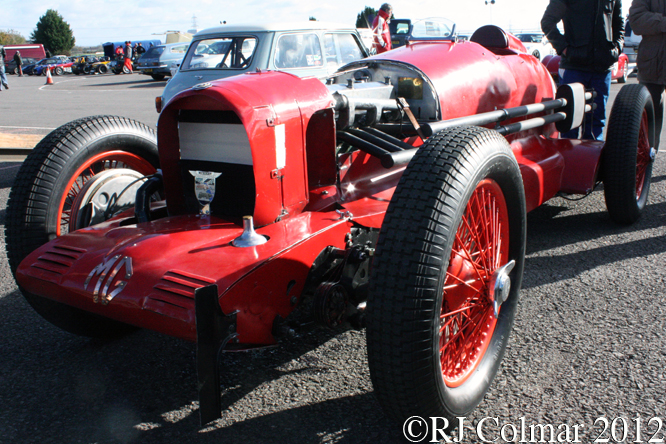
Perhaps the most extraordinary car and for my money cor of the day was Jeremy Hawkes 1933 MG K3, built as on offset single seater to compete at Brooklands where like the 24 litre “Napier Railton” it holds a record in perpetuity, for vehicles up 1100 cc / 67.126 cui having recorded laps in excess of 120 mph.
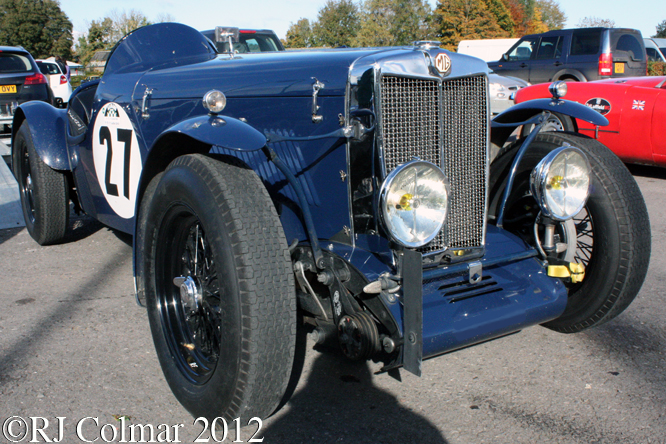
Anthony Smith brought his 1937 MG TA along to compete in the production road going A2 class.
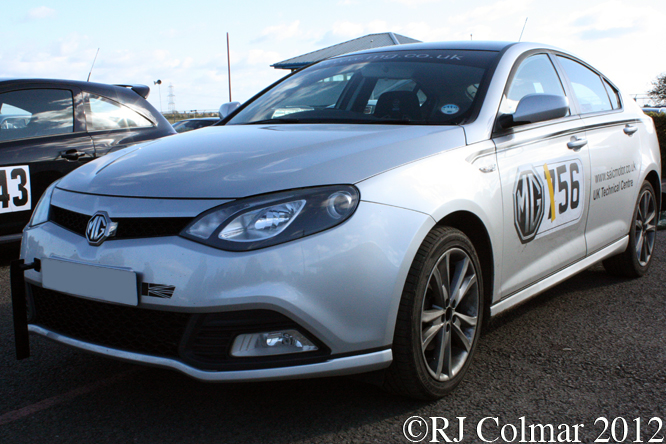
This was only the second occasion on which I have ever seen a contemporary MG A Coupé this one was driven by Martin Wollacot in Class A2.
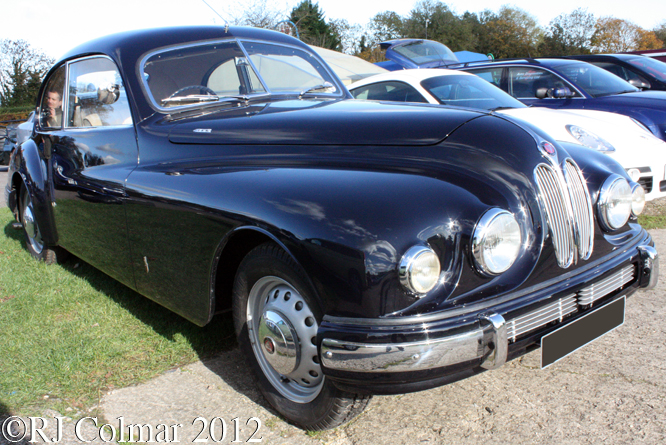
Regular readers might recognise this Bristol 403, which was not competing from the first Coffee Croissant and Cars blog I posted back in April.
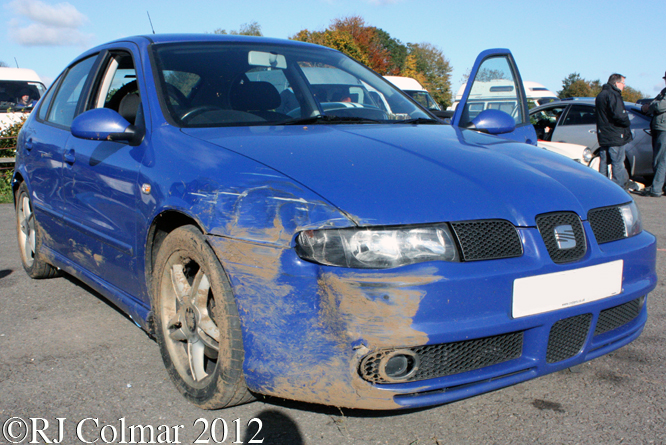
SEAT’s León Cupra R (Typ 1M) was voted 7th best hatch back of all time in a poll conducted by Autocar in 2010, four years after production had switched to the newer Typ 1P. This 2004 Tdi Cupra R shows signs of how tricky the conditions were forcing the brothers who competed with it to go home after the practice sessions were completed to repair the damage which was incurred some where between Avon Rise and Quarry Corner during the second practice runs.
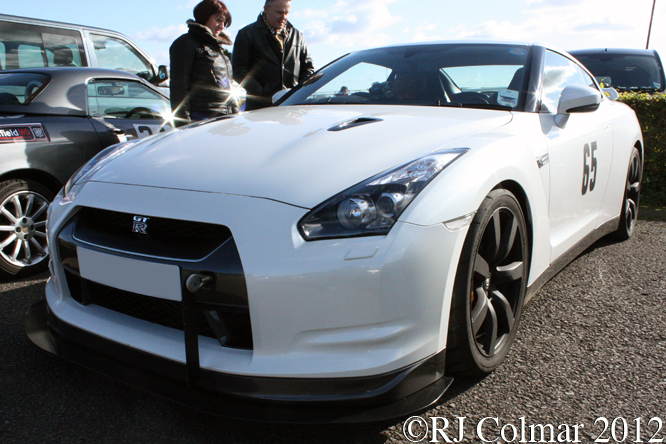
Richard Girling was running his 1st generation 2009 all wheel drive Nissan GTR R35 in the most powerful A4 road going series production class, his car left the factory with 478 hp and a conservative 193 mph capability matched by a rest to 60 mph of 3.2 seconds. Needless to say the car looked quick on the track.
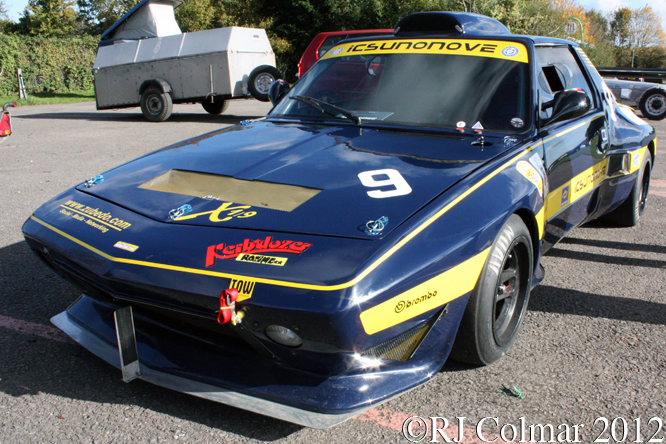
Micheal Kason was running his 2 litre / 122 cui FIAT X1/9 in the modified limited prodiction class C3, notice it sits on slick tyres which would not have been easy to heat up in the prevailing conditions.
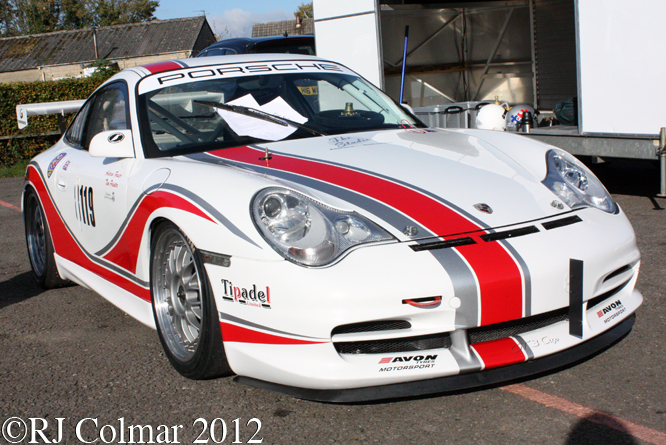
Running in the largest C4 modified production class were Andrew Fraser and Tim Painter in this 2004 Porsche (996) 911 GT3. This car is for sale at £37,500, if you would like Andrew and Tim’s phone numbers send me an e-mail and I’ll gladly forward the details, usual disclaimers apply.
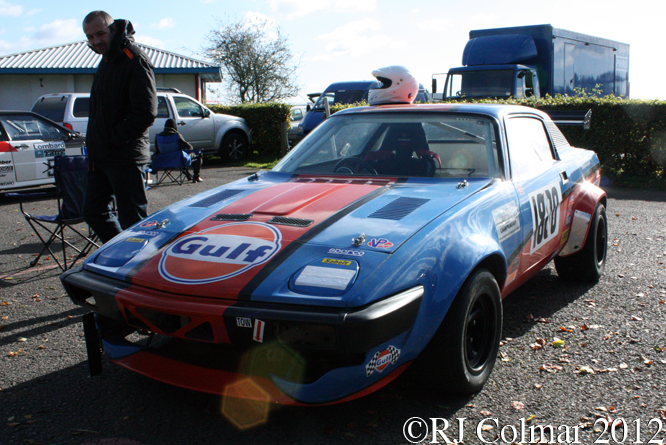
Last runners of the day were David Hardcastle and Simon Allaby who were competing in the Revington TR / TR Register Sprint & Hillclimb Championship.
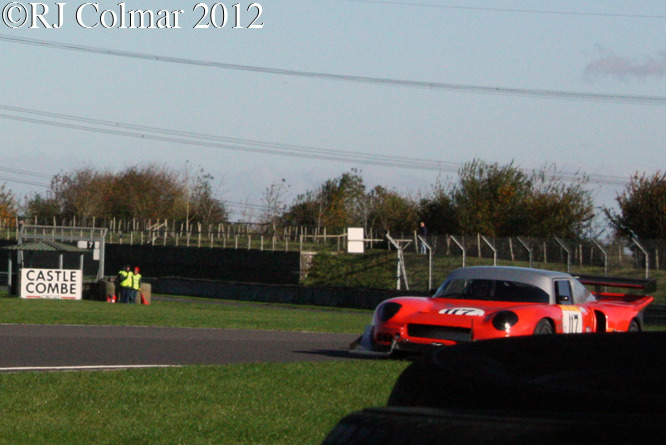
I did not manage to get many photographs of the on track action but while taking a break from marshaling duties I did get a photo of Ian Hall’s 5.2 litre / Darrian T98 GTR which set fastest time of the day by nearly ten seconds.
Thanks to a combination of few too many thrills and spills with short hours of sunlight competitors only got one timed run in before the event started to get too far behind schedule for everyone to get a second time in. Out at Tower we were great full for the hour or so this spared us standing in the delightful sunshine but freezing wind.
Thanks for joining me on this “The Sunlight Textile Services – Pegasus Sprint” edition of “Gettin’ a li’l psycho on tyres”, I hope you will join me tomorrow. Don’t forget to come back now !

